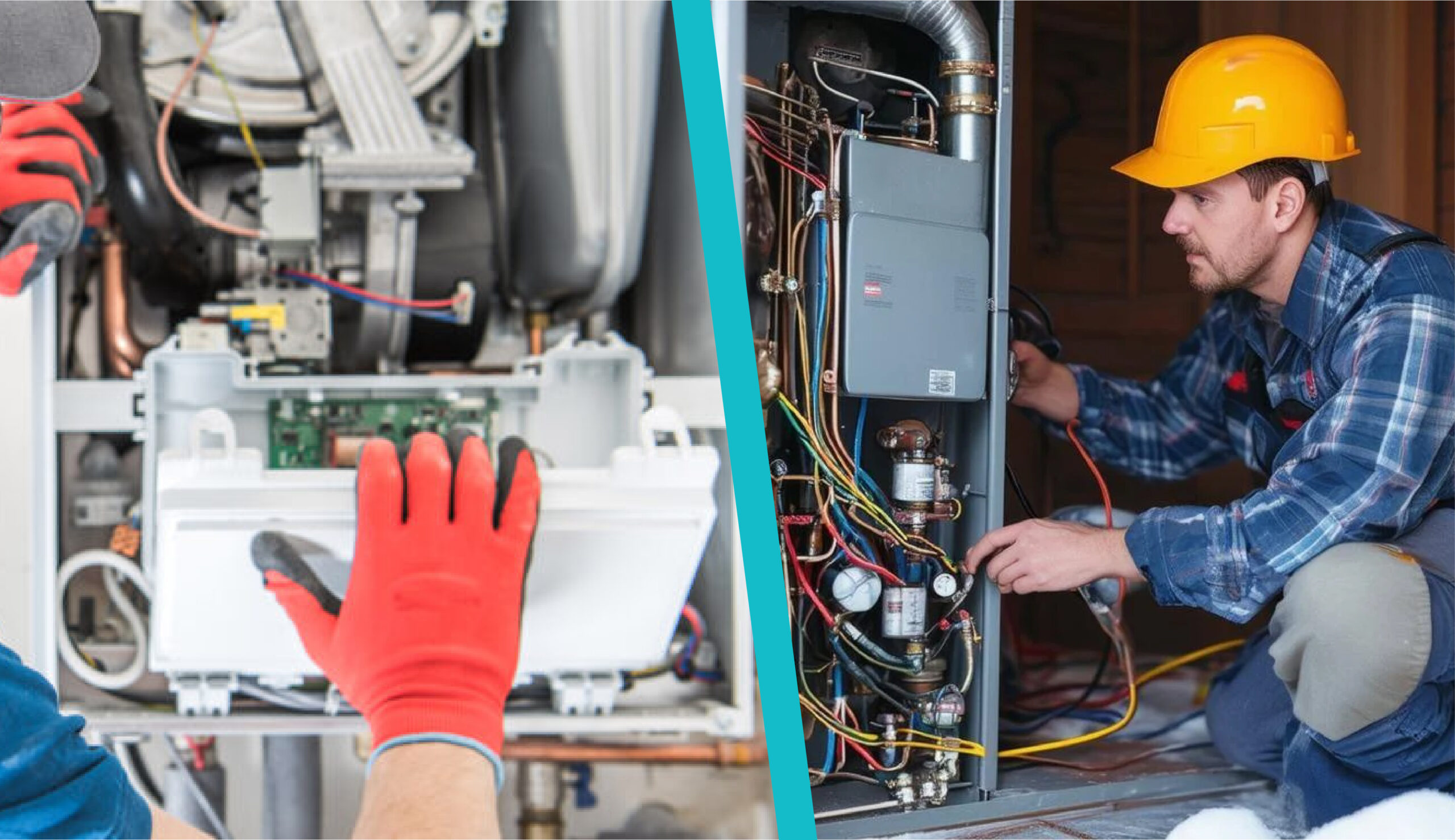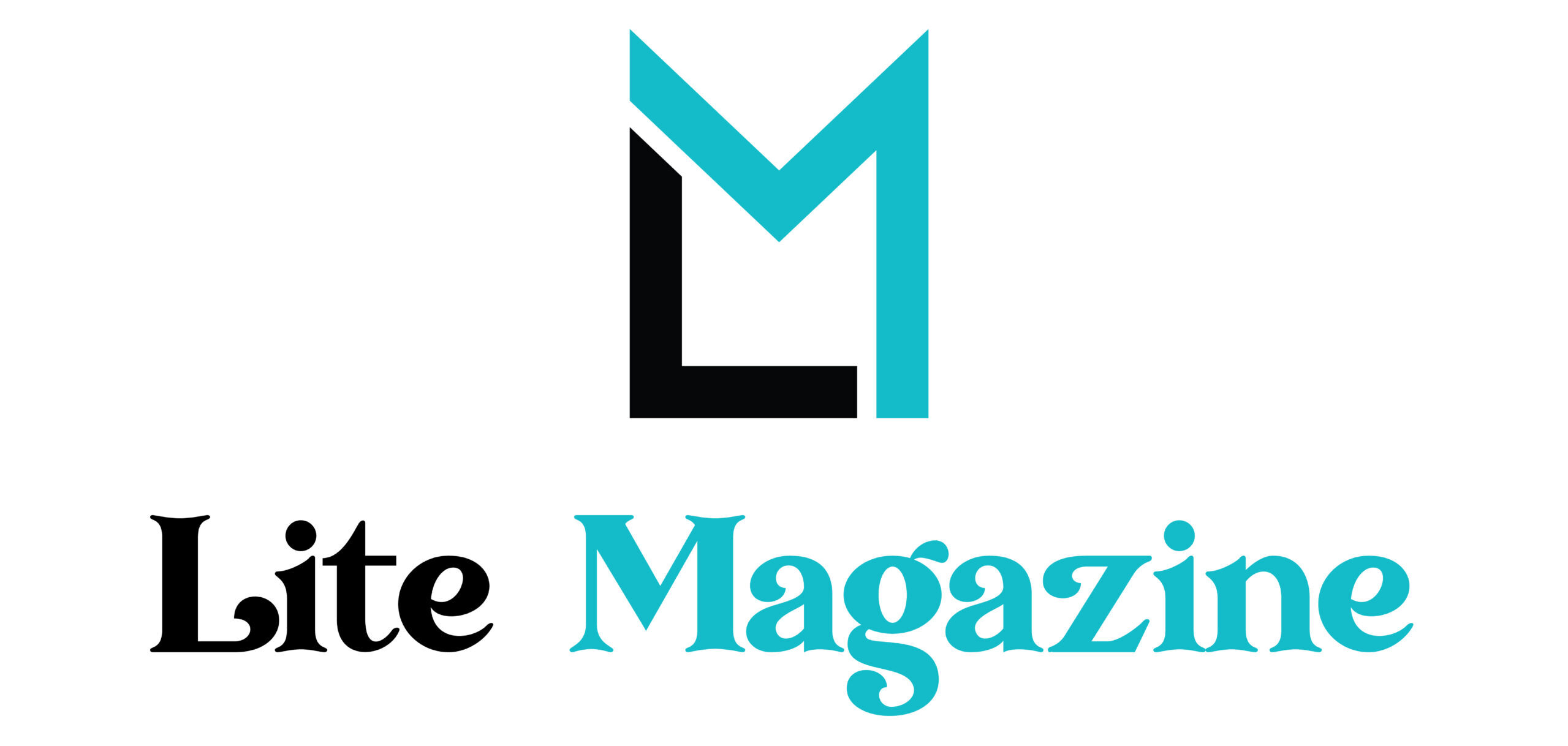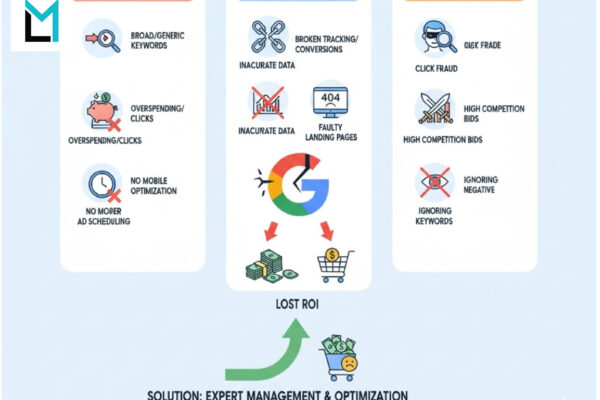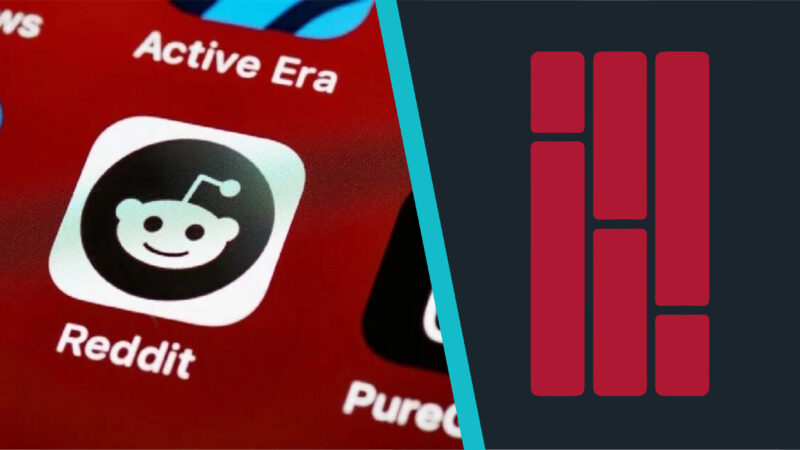When temperatures drop, a healthy furnace isn’t a luxury—it’s your home’s front line against the cold. Booking repair before the first hard freeze keeps you comfortable, protects your equipment, and often costs less than emergency fixes. Here’s a thorough guide to help you decide what to fix now, what you can safely check yourself, and how to work with a pro for a smooth, efficient heating season.
Why Early Furnace Repair Matters
Prevent surprise breakdowns
Small problems—loose belts, dirty flame sensors, weak igniters—turn into no-heat calls when the first cold snap hits. Early furnace repair stops cascading failures that can damage blowers, heat exchangers, or control boards.
Lower energy bills
A furnace struggling to start or short-cycling wastes fuel and drives up utility costs. Fixing airflow restrictions and failed sensors restores efficiency and consistent heat.
Uncover More: Crew Disquantified Org: An In-Depth Exploration of a Unique Organizational Model
Safety first
Cracked heat exchangers, blocked flues, and improper combustion can lead to carbon monoxide (CO) risks. Addressing warning signs now protects your home and ensures safe operation.
Beat peak-season delays
Once winter arrives, technicians book up fast. Scheduling repairs in shoulder season guarantees faster appointments and, often, better pricing.
Signs Your Furnace Needs Attention
- Longer start times or frequent restarts (short cycling)
- Uneven room temperatures or weak airflow from vents
- Unusual noises: scraping, booming on startup, rattling, high-pitched squeals
- Frequent thermostat adjustments to stay comfortable
- Higher energy use compared to last year under similar weather
- Burning or chemical odors when the system runs
- Pilot or flame issues: flame is yellow/orange instead of steady blue
- Water pooling around a high-efficiency furnace condensate line
If you notice any of the above, schedule a diagnostic visit before the first deep freeze.
What a Professional Repair Visit Typically Includes
- Diagnostic interview & thermostat check
The tech confirms symptoms, checks thermostat calibration, batteries, and wiring. - Safety inspection
CO readings, flame quality, rollout switches, pressure switch operation, and venting path. - Combustion and ignition system check
Igniter resistance, gas valve operation, flame sensor cleanliness, draft inducer performance. - Airflow & heat transfer
Filter condition, blower wheel cleanliness, motor amperage, capacitor health, static pressure. - Controls & electrical
Board faults, limit switches, relays, and wiring integrity. - Written findings & repair options
You’ll get prioritized recommendations—what’s critical now vs. what can be planned later.
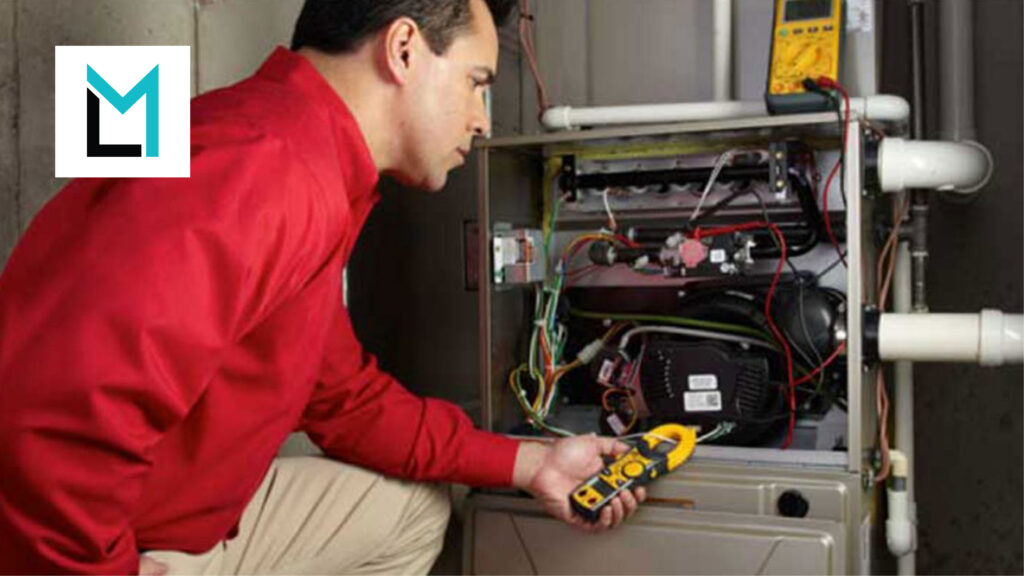
DIY Checks You Can Safely Do Before the Appointment
If you ever smell gas, shut the system off and call a licensed professional or your utility. Do not attempt DIY work on gas lines or burners.
- Replace the air filter (every 1–3 months during heating season). A clogged filter overheats the furnace and shortens component life.
- Clear supply/return vents and move furniture or rugs that block airflow.
- Check the thermostat: fresh batteries, correct mode (HEAT), setpoint above room temp.
- Verify power: furnace switch on, breaker not tripped, and service panel secure.
- Inspect the outdoor intake/exhaust (for high-efficiency models): remove leaves, snow, or nests.
- Confirm condensate drain is open (no kinks or standing water).
These basics often improve performance and help the technician isolate deeper issues faster.
Common Furnace Repairs (and Why They Matter)
- Hot surface igniter replacement: Restores reliable startup and prevents gas waste.
- Flame sensor cleaning/replacement: Stops nuisance shutdowns from false flame loss.
- Inducer or blower motor fixes: Ensures proper draft and warm airflow without overheating.
- Pressure/limit switch repairs: Protects against unsafe operation and overheating.
- Gas valve or control board service: Stabilizes ignition sequence and overall reliability.
- Heat exchanger evaluation: Detects cracks that can leak CO; repair/replace as advised.
- Duct and static pressure corrections: Fixes hot/cold spots and reduces energy use.
Repair vs. Replace: How to Decide
Consider replacement when one or more of these are true:
- Furnace is 15–20+ years old and needs a major component (heat exchanger, board, motor).
- Repeated repairs and rising utility bills indicate declining efficiency.
- Home comfort remains poor (uneven temps, noise) even after basic fixes.
- You want modern features: variable-speed blowers, modulating gas valves, or smart controls.
If the unit is under 10–12 years old, well-maintained, and issues are minor (igniter, sensor, capacitor), repair is often the best value.
How to Choose the Right HVAC Pro
- Licensing & insurance: Ask for proof.
- Brand-agnostic diagnostics: Good techs service all major brands.
- Transparent pricing: Written estimates with parts, labor, and warranty terms.
- Load and airflow know-how: They should check static pressure and duct sizing, not just “swap parts.”
- Strong reviews & local references: Prioritize consistent quality over the absolute lowest bid.
Safety & Compliance Checklist
- Working CO detectors on every level, especially near bedrooms.
- Clearances around the furnace (no storage piled against the cabinet).
- Vent pipes intact, sloped, and firmly connected.
- Gas shutoff valve accessible and labeled.
- Combustion air openings unobstructed.
Pre-Winter Homeowner Checklist
- Replace the furnace filter
- Vacuum return grills and supply registers
- Open all registers (most systems are balanced for full flow)
- Test the furnace on a cool morning to confirm reliable start
- Check for drafts or insulation gaps that make the furnace work harder
- Schedule a professional inspection and complete recommended repairs
Ways to Reduce Heating Costs After Your Repair
- Smart thermostat scheduling: Lower setpoints when you’re asleep or away.
- Seal duct leaks (especially in attics or basements) for immediate efficiency gains.
- Add weatherstripping around doors and windows; close the fireplace damper when not in use.
- Insulate the attic if levels are low; heat rises, so start there.
- Keep interior doors open for better circulation unless a room has a separate return.
Keep Learning: Kristy Althaus – The Story, Controversies, and Life After the Spotlight
Frequently Asked Questions
How often should a furnace be serviced?
Once a year. Schedule service before consistent cold arrives so parts and appointments are readily available.
Is a yellow or flickering flame dangerous?
Yes. It can indicate poor combustion or contamination. Turn the system off and call a professional.
Can a dirty filter cause the furnace to shut off?
Absolutely. Restricted airflow overheats the heat exchanger, tripping safety limits and causing short cycling.
What is short cycling?
The furnace turns on and off rapidly without reaching setpoint. Common causes include dirty filters, flame sensor issues, oversized equipment, or airflow problems.
Do I need a CO detector if my furnace is “high-efficiency”?
Yes. Any combustion appliance can pose a CO risk if venting or components fail.
